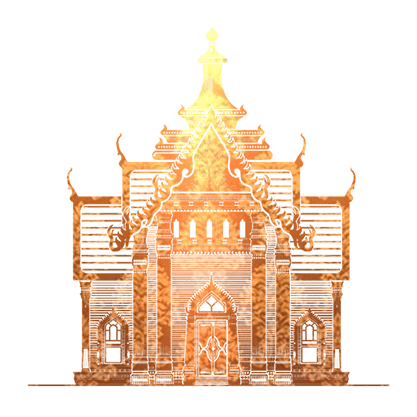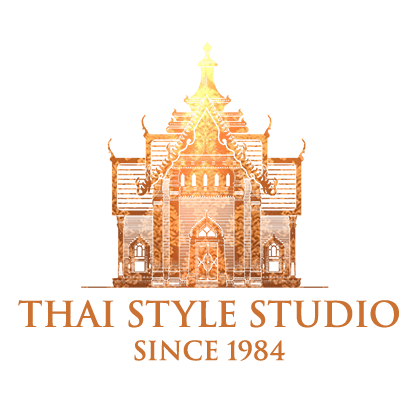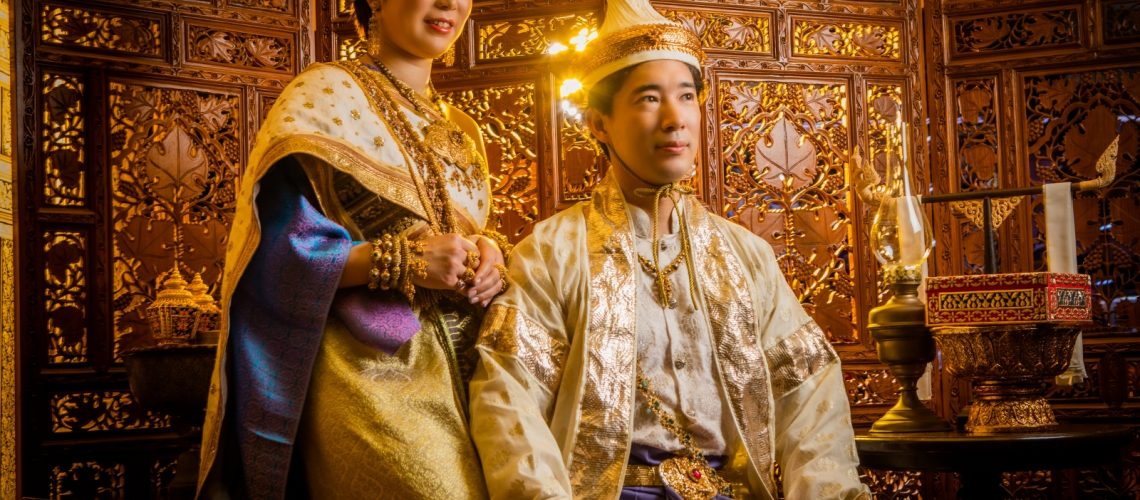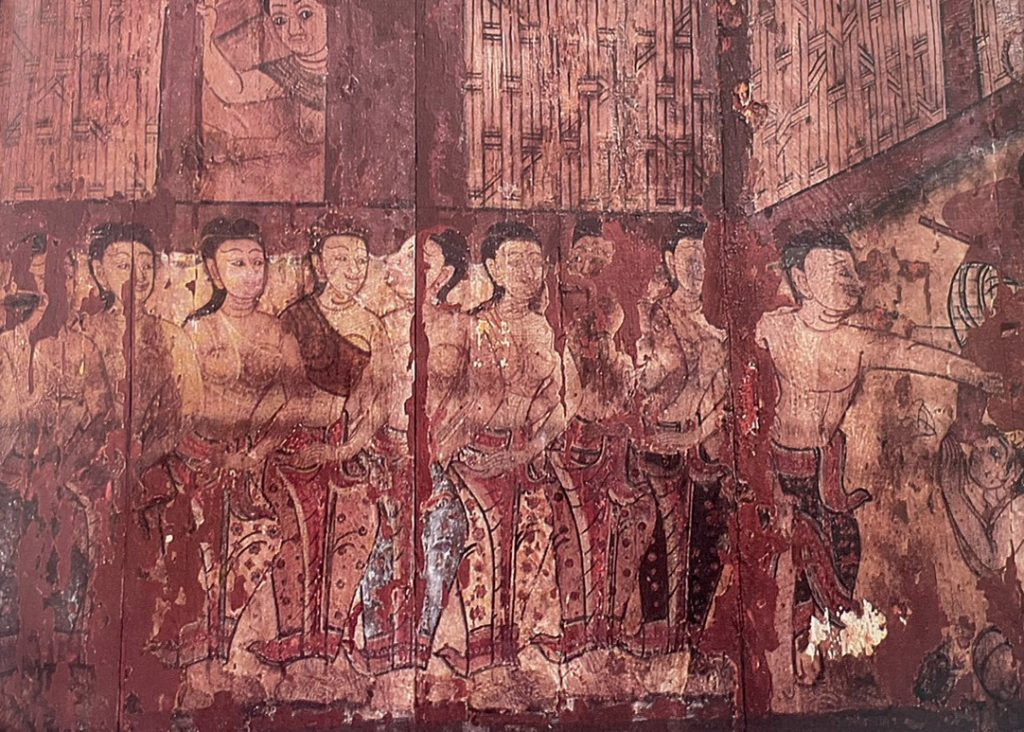
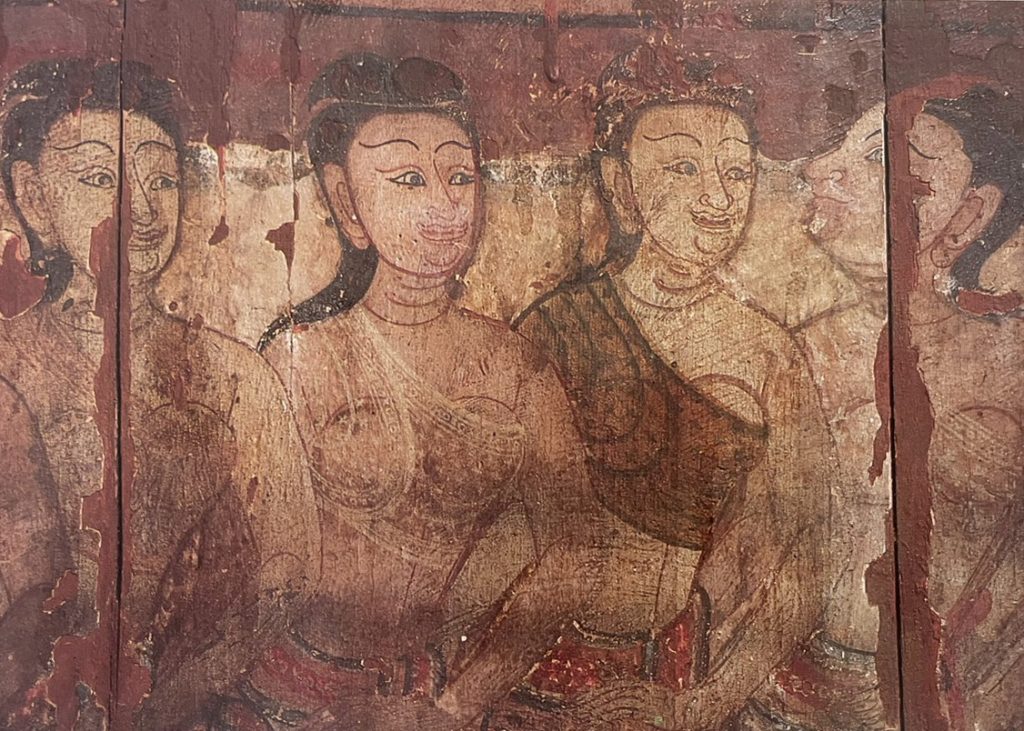
During the early Rattanakosin era (2325-2411 B.E.), the attire closely resembled that of the late Ayutthaya fashion, reflecting the continuity of social customs, beliefs, and traditions. The choice of fabric served as a prominent marker of social status, while the empire’s evolution also brought about significant societal and cultural changes. As Rattanakosin transformed into a thriving, multicultural city, individuals of higher social standing, such as those in palace courts, aristocrats, and the bourgeoisie, favored a simple long sarong, artfully pleated (Jeeb), paired with a diagonal shawl. This period also saw the emergence of the concept of “Rajniyom” or the royal aesthetic, and the arts witnessed a fusion of traditional Thai and Chinese (Chino-Thai) influences, creating a distinct and popular artistic expression.
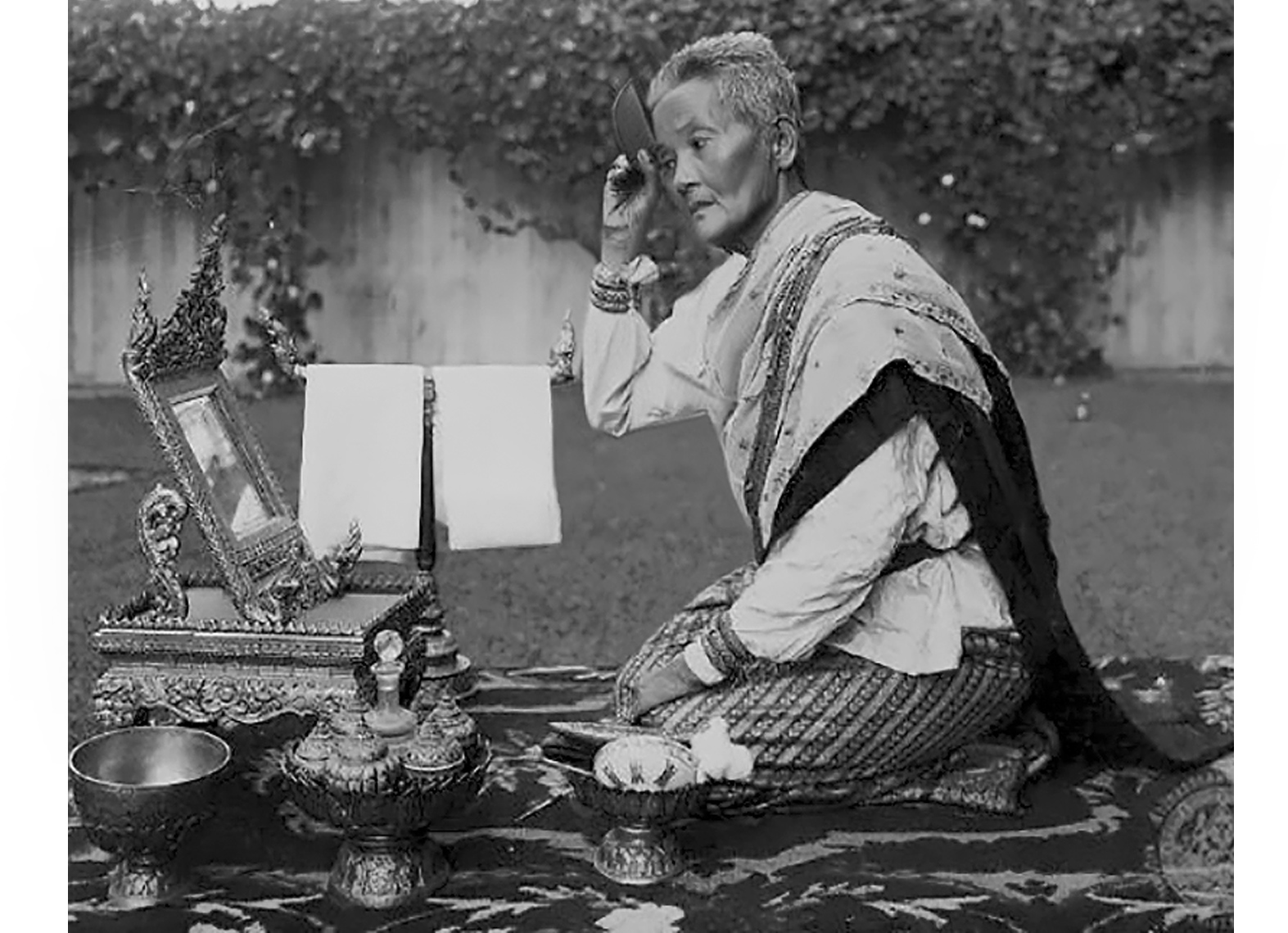
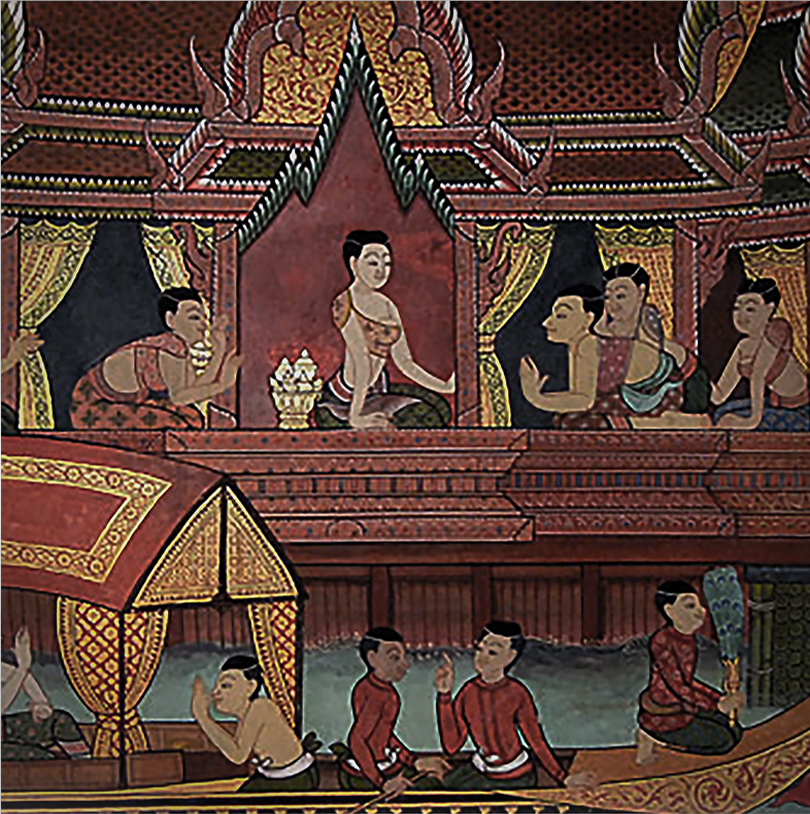
During King Mongkut’s (Rama IV) reign, royal court women wore a tucked loincloth (Jongkraben) with a ‘Suea Krabok’ long-sleeved blouse and a shawl. Under King Chulalongkorn’s rule, Trouser socks were added to this traditional attire, but the overall fashion remained largely unchanged from the earlier era.
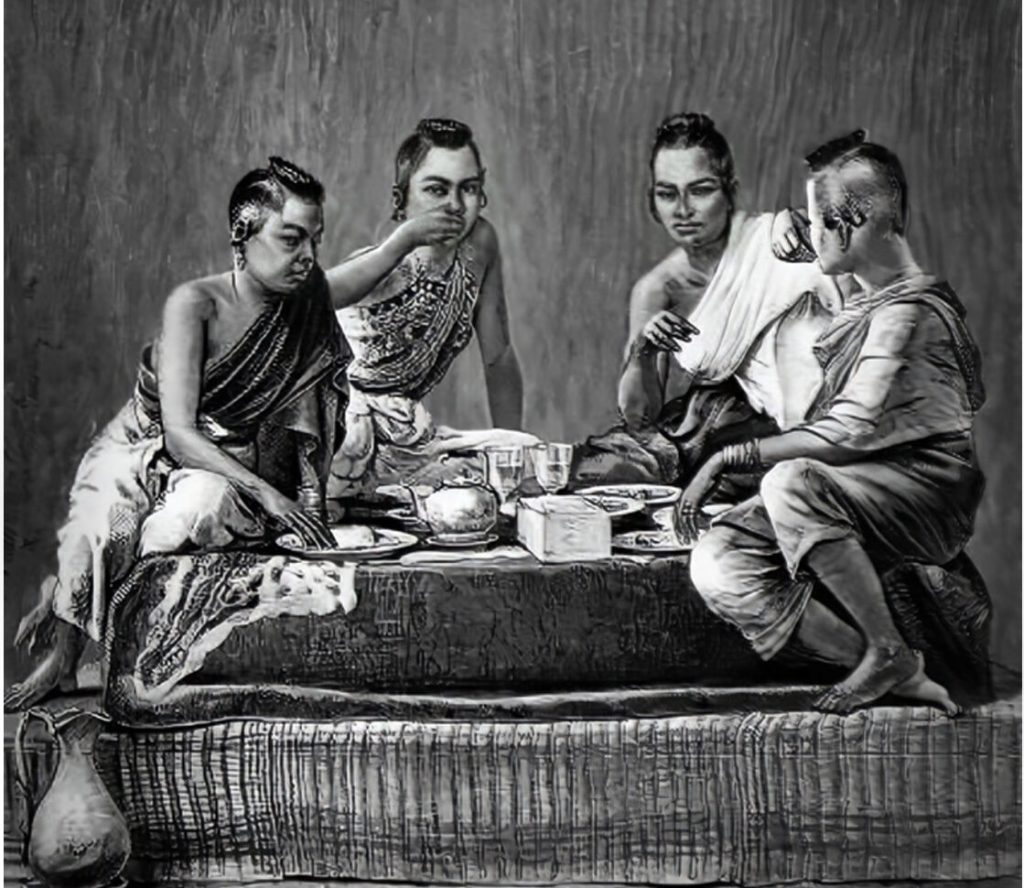
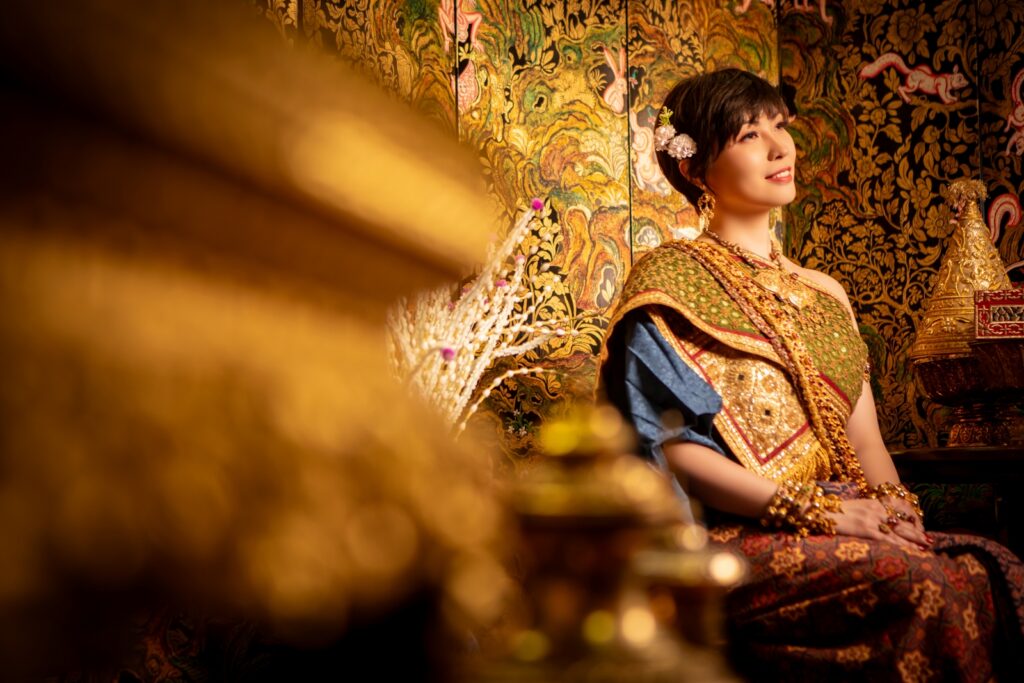
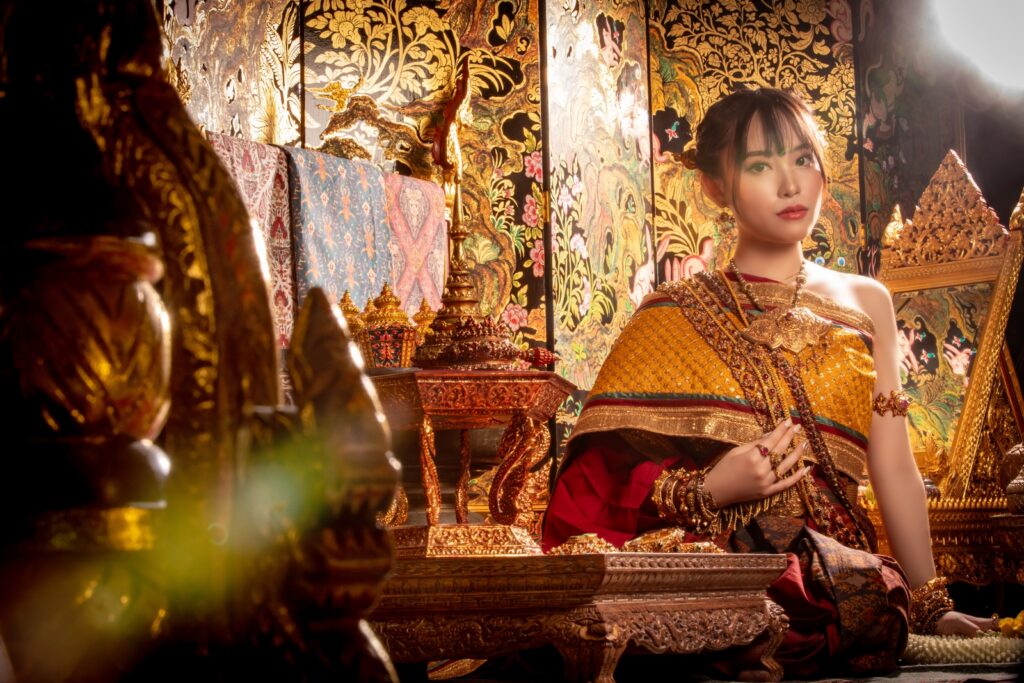

Military personnel are required to wear either shin-length trousers or loincloths along with shirts, with the specific color codes varying based on their respective units. The portrait depicts several examples, including the Khot-Tai shirt, Sena-Khot, and Prapas style tee, showcasing the diversity in uniform styles.
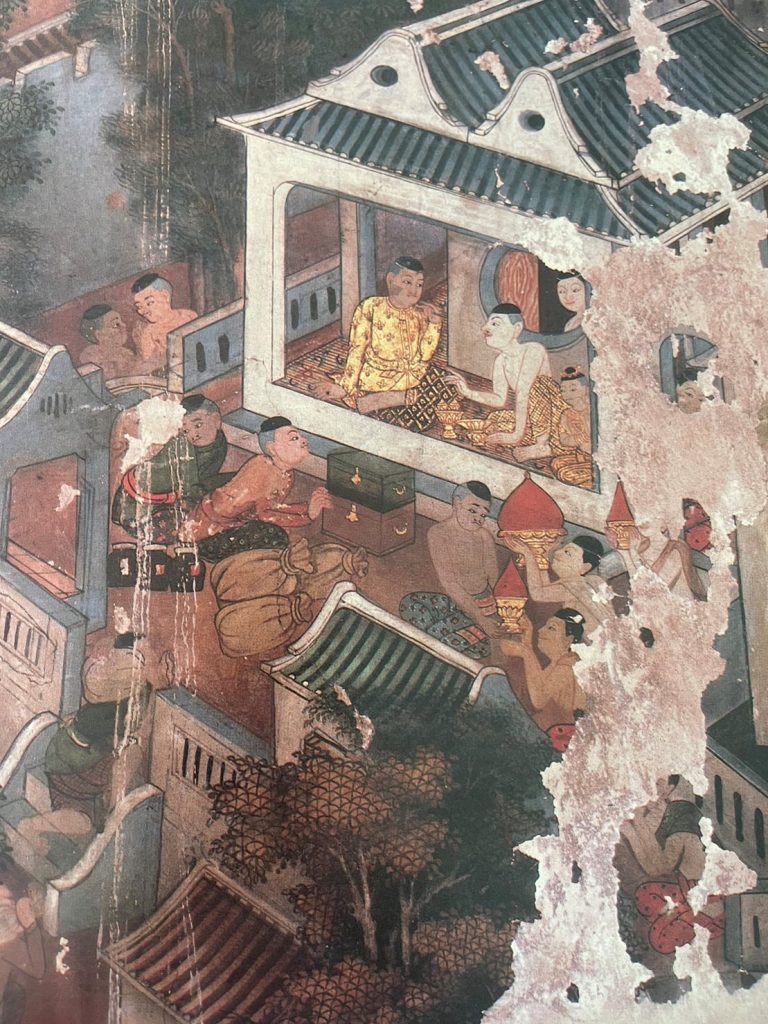
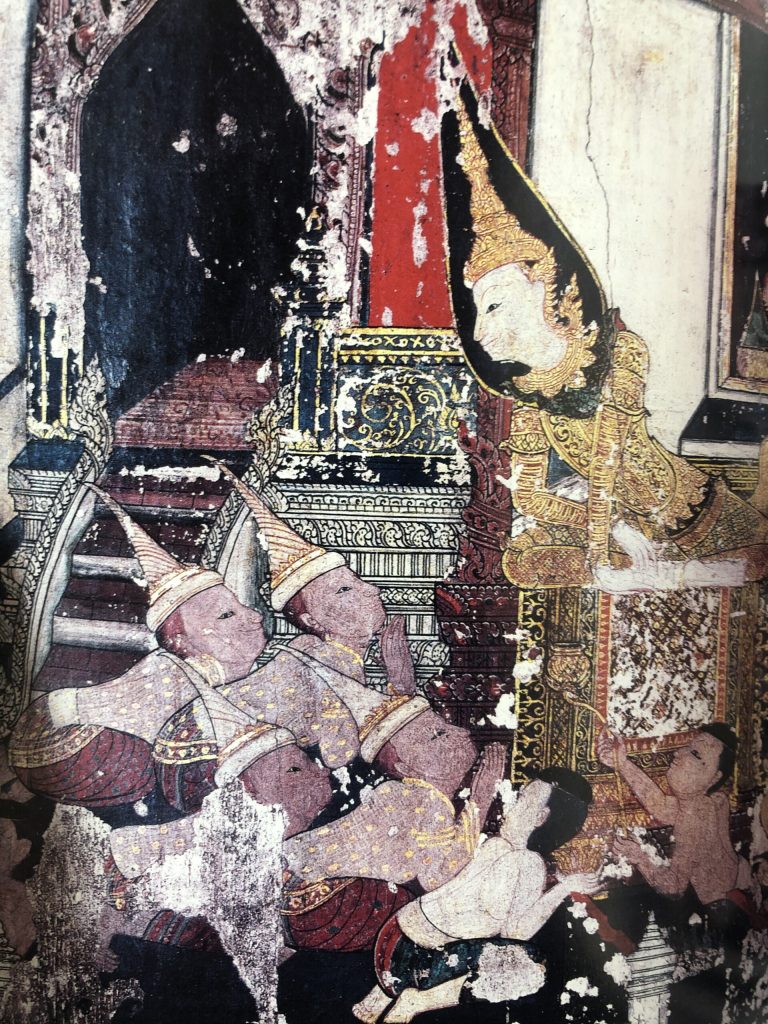
In that era, common Thai men wore loincloths without a top garment, using simple, color-based fabric. The cloth was rolled above their knees for better movement. However, leaving the cloth down without fastening it was considered impolite, especially when meeting authorities or entering sacred places, where a more respectful attire was expected.
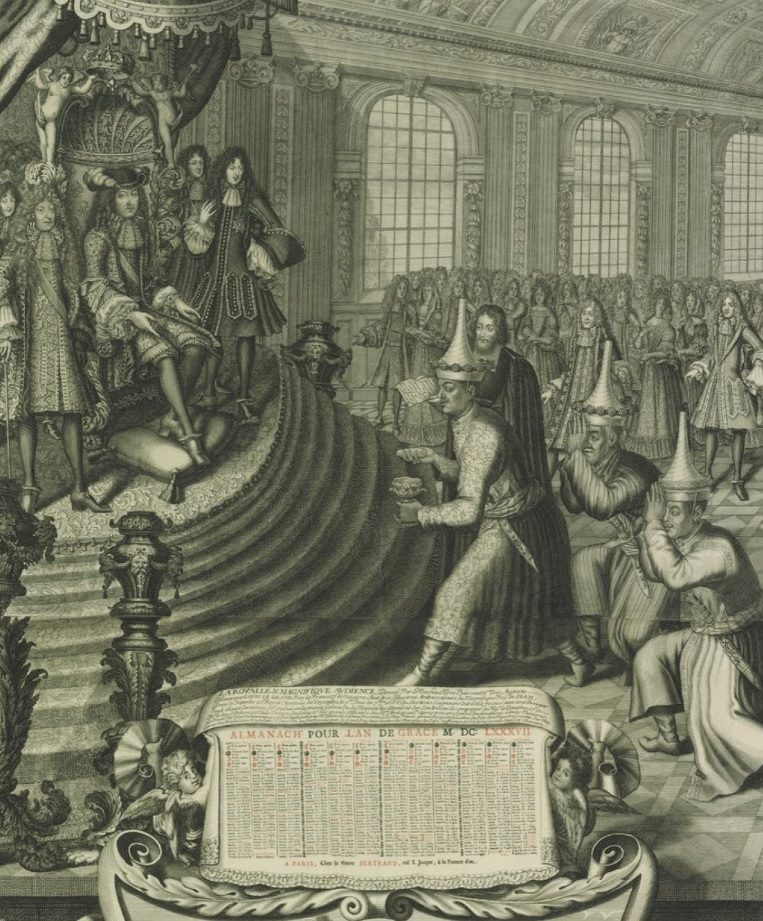
Thank you for a pic from silpa-mag.com
Throughout the Ayutthaya dynasty to the Rattanakosin era, the royal court gown held an exclusive status. It was reserved for special occasions like royal investitures or bestowed by the monarch upon royalties, aristocrats, and high-ranking officials. This gown symbolized the wearer’s status and prestige, signifying their significant position in society. The tradition of gown-wearing was not limited to Thailand but was also practiced in various Asian and European states. Historical evidence indicates that the Thai monarch has long gifted gowns to royals and officials as a mark of appreciation for their exceptional contributions, a tradition that persists to this day.
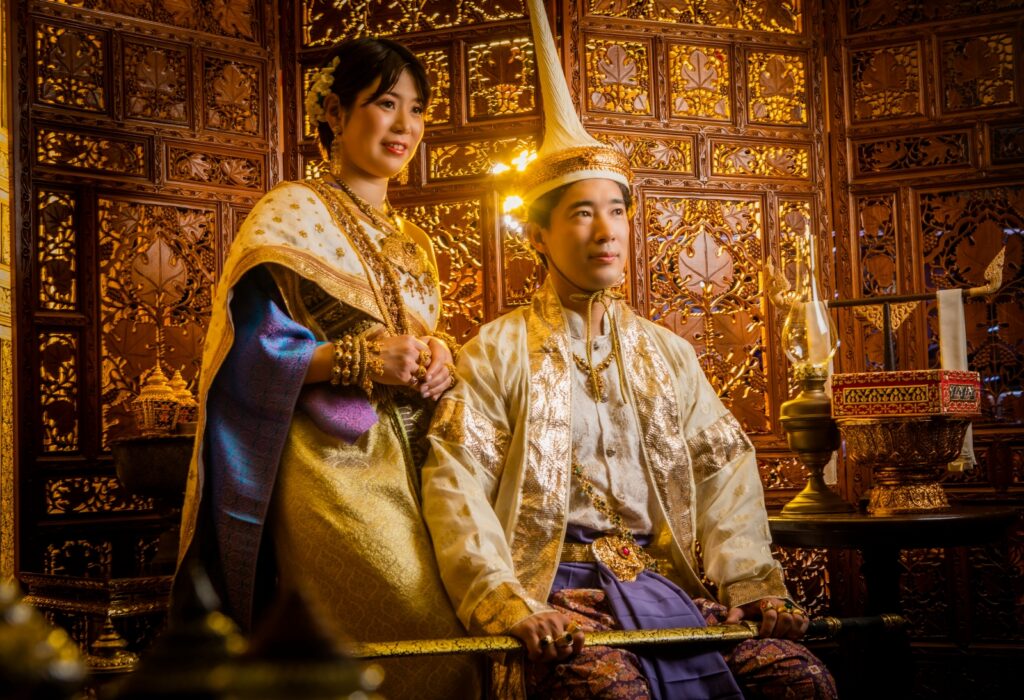
The exhibit of the gown in present
The ‘Lom Pok’ is an oval-shaped headgear resembling the Chada, and its design draws heavy inspiration from the Persian Turban.
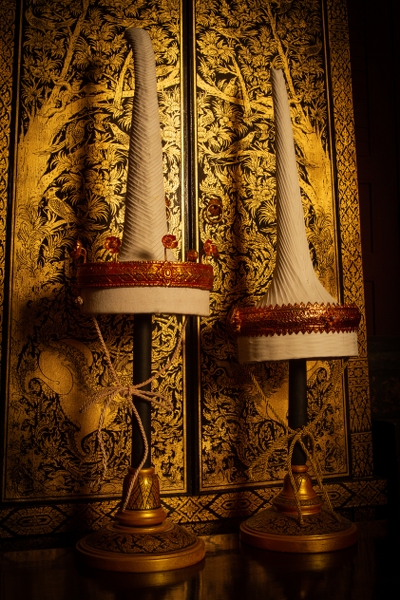
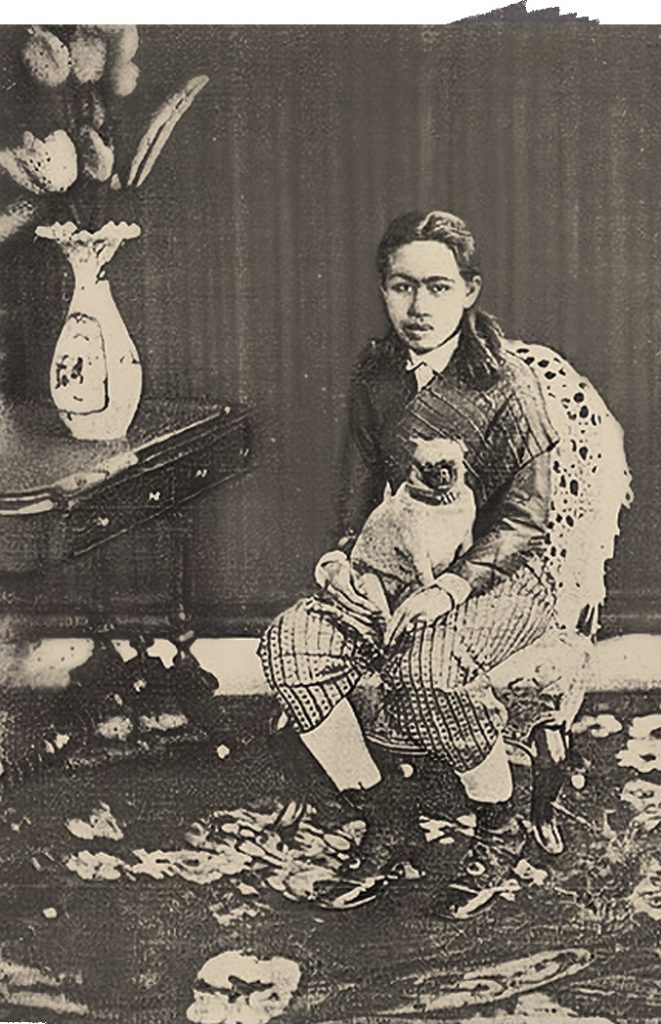
Both male and female hairstyles At the beginning, the hair, Peek and Mahad-Thai were still kept. But when the reign of King Rama IV started to change the hairstyle. Women keep their hair longer, not very short, with a middle part combed with Tani oil. (Similar gel in present)
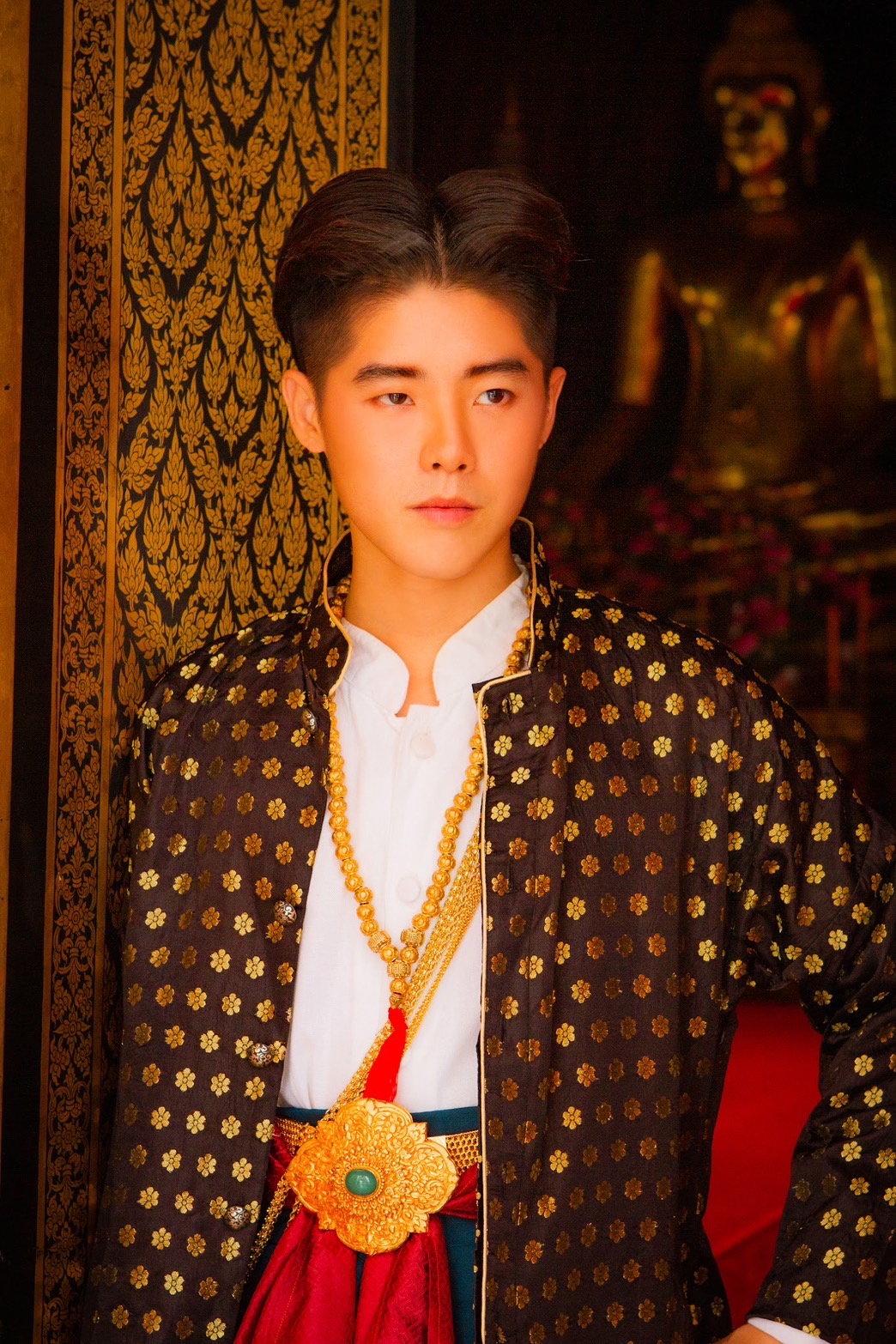
An author assistant Nonthawat Ningjaiyen
TRULY THAI AUTHENTIC YOU CAN BE
>>ติดตามเรื่องราวความเป็นไทยอย่างใกล้ชิดที่ Thai Style Studio<<
เพราะเราเชื่อว่า “มากกว่าความรู้สึก คือ การได้สัมผัสประสบการณ์ความเป็นไทยด้วยตัวคุณเอง”
